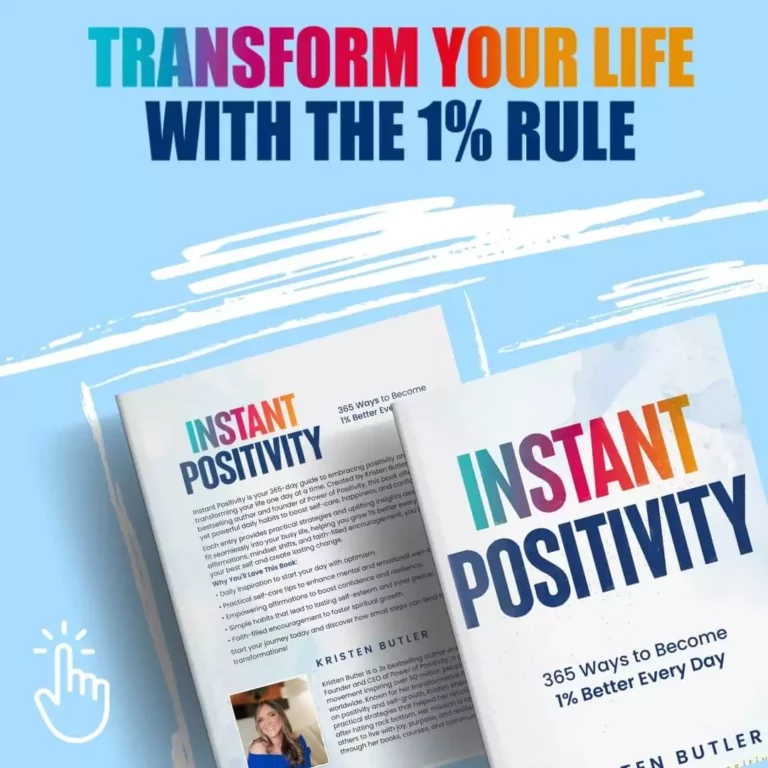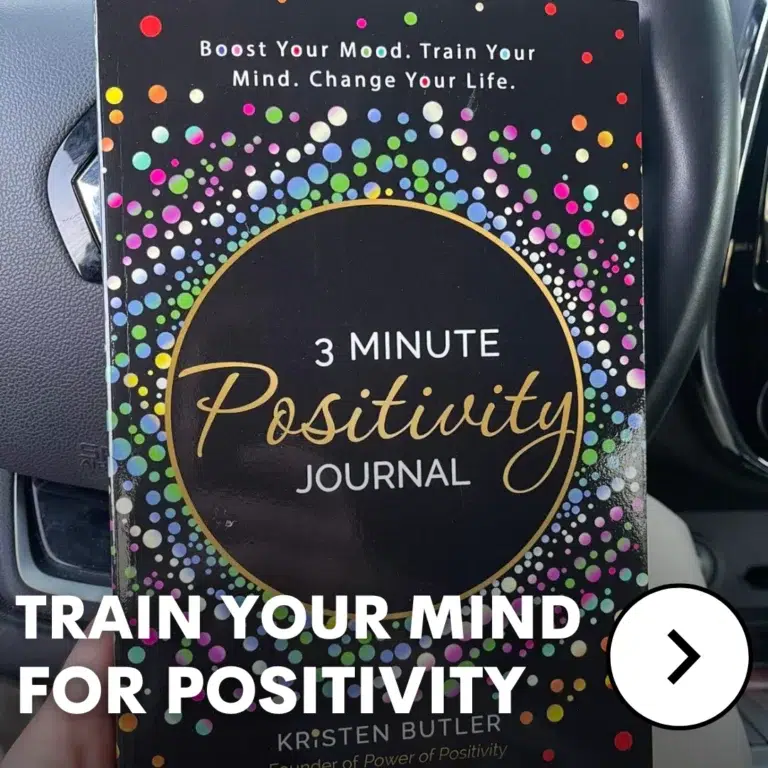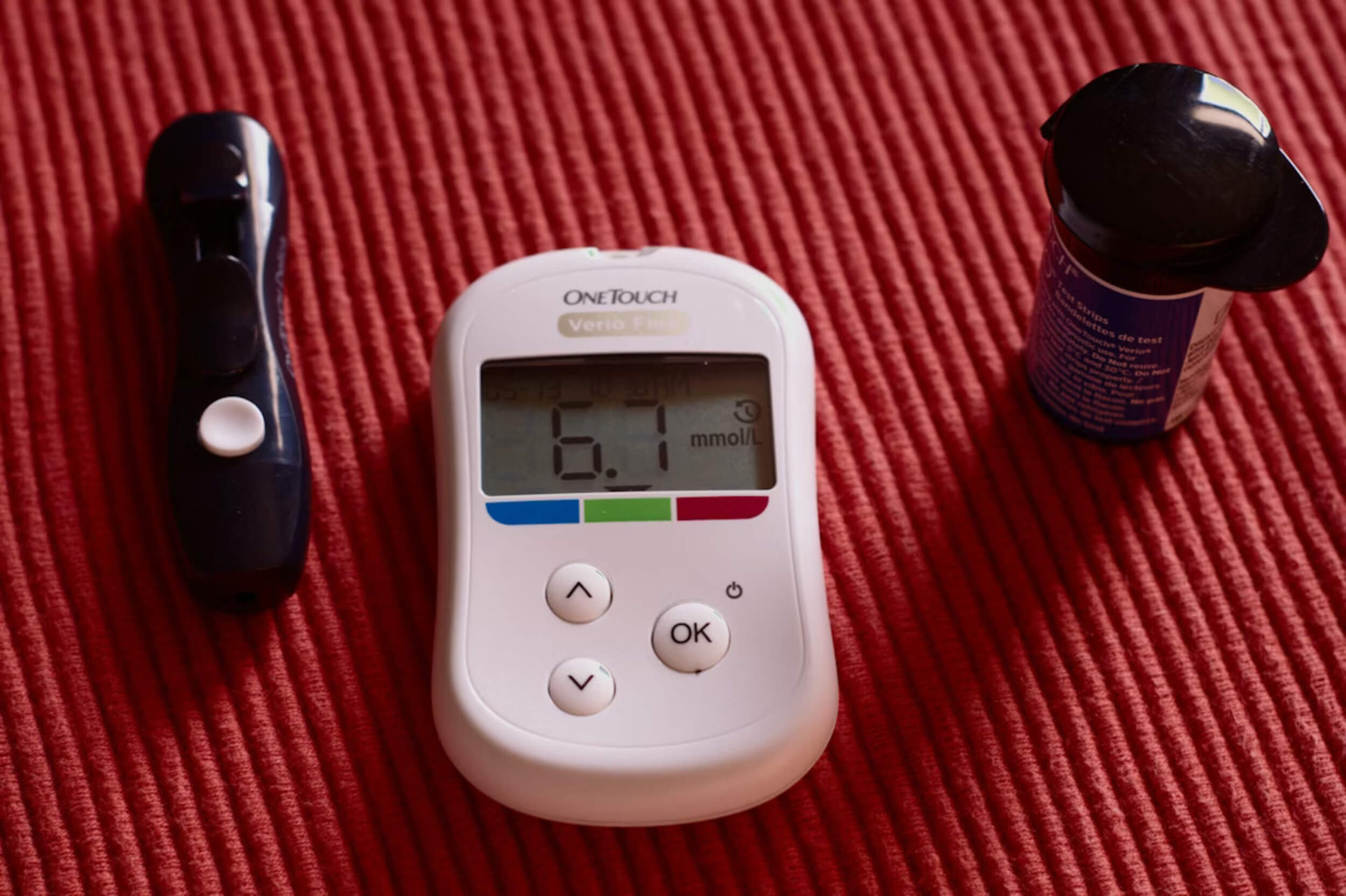You prepare dinner, hoping to connect, but your partner stays on their phone. Later, you go in for a hug and feel them barely respond. Then comes the moment you say “I love you,” and they quietly ask, “Do you really?”
Moments like these leave even strong relationships feeling off balance — not because love has faded, but because it’s getting lost in translation.
Dr. Gary Chapman called these emotional translations love languages — the simple ways people show and feel loved. They include words, actions, time, touch, and gifts. When couples speak different love languages, connection can fade even when the effort is there.
Understanding how you and your partner express love isn’t just about romance. It’s a skill that builds closeness, trust, and emotional fluency in every kind of relationship.
The Psychology Behind Love Languages
Every person shows love in their own way. Some say it, others show it, and a few simply want to feel it through presence or touch. This is where love languages come in — they’re based on how our brains and hearts connect through emotional needs and early attachment styles.
Psychologists explain that the way we give and receive affection often traces back to how we felt loved as children. For example, a person who grew up with encouraging words might value verbal praise more, while someone who felt cared for through small actions might connect better with service or help.
Miscommunication doesn’t mean love is missing — it usually means it’s being spoken in the wrong “language.”
To really connect, you need to learn not how you love best, but how they receive love best.
The Five Love Languages Explained
Each love language speaks to a different emotional need — here’s what they look like in real life.
1. Words of Affirmation: Love in Spoken Form
Kind words carry deep meaning for people who speak this love language. They feel closest to those who express appreciation through compliments, encouragement, or support. A simple “I’m proud of you” or “You mean a lot to me” can mean everything.
Negative talk or criticism can hurt more than expected because it directly challenges the way they feel valued. Consistent, positive communication becomes the anchor that reminds them they’re loved and seen.
2. Acts of Service: Love in Motion
For some, love is all about doing. They feel cared for when someone helps with daily tasks or lightens their load. It could be making breakfast, washing the car, or taking care of errands.
When actions replace empty words, trust grows. But broken promises or lack of follow-through can make them feel unseen.
For them, love isn’t heard — it’s done.
3. Receiving Gifts: Symbols That Speak
This love language isn’t about money — it’s about thoughtfulness. A gift becomes a symbol that says, “I thought of you.” It could be as simple as a favorite snack, a note on the fridge, or a photo in a wallet.
These tokens remind them that they matter, even when apart. What counts most is the meaning behind the gesture, not its price tag.
4. Quality Time: Love Without Distractions
Some people feel most loved through undivided attention. No phones. No background noise. Just time spent together — whether that’s a walk, a shared meal, or a real conversation.
When attention drifts or time together is rushed, they can feel unwanted. For them, love lives in eye contact, shared laughter, and being fully present.
5. Physical Touch: Connection Through Contact
This love language is about closeness and comfort. Holding hands, hugs, or a gentle touch on the arm can speak louder than any words.
Physical affection tells them they’re safe and cared for. Without it, they might feel distant, even if everything else seems fine.
But knowing your love language is only half the story — the real transformation begins when you start speaking your partner’s.
When Love Languages Don’t Match
It’s common for couples to love differently. One might cook dinner to show care, while the other just wants a hug. Both are trying, but in different ways. When love languages don’t match, frustration grows fast — “I do everything, but they don’t notice.”
The truth is, mismatched expressions of love aren’t about neglect; they’re about misunderstanding. Once couples recognize the gap, everything changes.
Here’s how awareness helps:
- It shifts blame to understanding. You stop asking “Why don’t they care?” and start asking “What makes them feel cared for?”
- It rebuilds empathy. You begin to see your partner’s efforts through their lens.
- It reduces resentment. When both feel understood, small gestures start meaning more.
Learning your partner’s language doesn’t mean losing your own identity — it’s about adding fluency to how you express love.
Because love isn’t one-size-fits-all — it’s a dialogue you refine over time.
Beyond Romance: Love Languages in Everyday Life
Love languages don’t just apply to couples. They play a huge role in how we connect with family, friends, and even coworkers.
Think of a parent who shows love through acts of service — cooking meals, fixing things — while their child longs to hear “I’m proud of you.” The intention is love, but the message gets missed. Understanding these small emotional codes can heal years of feeling unseen.
In friendships, some people value time together while others express care by helping when needed. Recognizing those patterns strengthens every bond.
Once you apply love languages beyond romance, you realize they’re really human languages — ways to show appreciation, build trust, and make people feel valued.
The Hidden Layer: Emotional Safety and Trust
Feeling emotionally safe is what allows love to grow. When your love language is understood, you feel secure enough to open up.
Many conflicts come from unmet emotional needs, not from lack of love. When people don’t receive affection in the way they understand, it can show up as silence, irritability, or pulling away.
Relearning how to meet those needs builds trust again. Small, consistent gestures in someone’s love language remind them it’s safe to be close.
Once emotional safety is restored, connection stops feeling like effort and starts feeling like home.
How to Identify Your Love Language
Understanding your own love language starts with awareness. Ask yourself:
- What makes you feel most cared for?
- What hurts the most when it’s missing?
- How do you usually show love to others?
Your answers reveal what matters most to your heart. Journaling or reflecting on daily moments can help more than just taking an online quiz.
Once you know yours, the real growth starts when you pay attention to how others express love too.
How to Communicate Love Effectively
Healthy relationships thrive on communication — not just talking, but listening. To show love effectively:
- Ask, don’t assume. What makes your partner feel loved may surprise you.
- Mirror their gestures. If they value time, set your phone aside. If they love words, say what you appreciate.
- Balance giving and receiving. Relationships work best when both needs are met.
Love languages help you speak love in a way that lands. Real connection isn’t grand gestures — it’s everyday effort that feels genuine.
When both people start translating love fluently, connection feels natural again.
The Role of Therapy in Strengthening Love Languages
Therapy gives couples a safe place to understand how they express and receive love. It often reveals deeper emotional habits that come from early experiences.
A therapist can help partners notice patterns, correct assumptions, and learn to express needs clearly. It’s not about teaching new emotions — it’s about understanding how to express the ones already there.
Sometimes, even the strongest relationships just need a better translator.
Building Love That Lasts: Daily Practices to Keep the Connection Alive
Love grows when practiced daily. Try these small habits:
- Ask, “How can I show you love today?”
- Schedule weekly device-free time together.
- End each day by sharing one thing you’re thankful for.
Consistency turns affection into security. Over time, love languages stop feeling like categories and start becoming second nature.
Final Thoughts — Love as a Language You Never Stop Learning
Love languages aren’t fixed labels — they evolve as we do. What matters most is effort, curiosity, and care.
Fluent love isn’t about speaking perfectly; it’s about listening with your heart.
Start small today — one kind word, one thoughtful act — and watch how connection begins to grow again.














